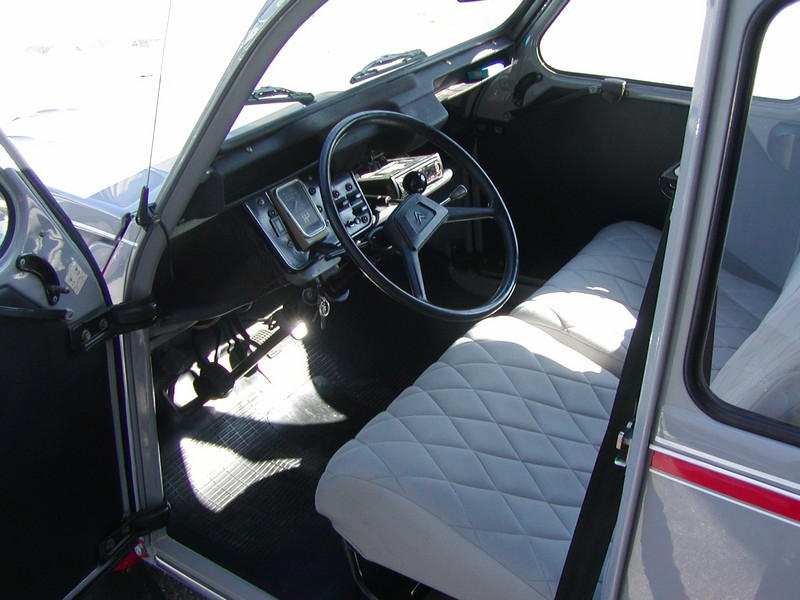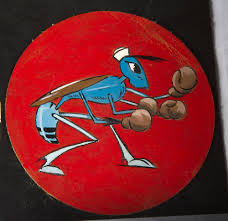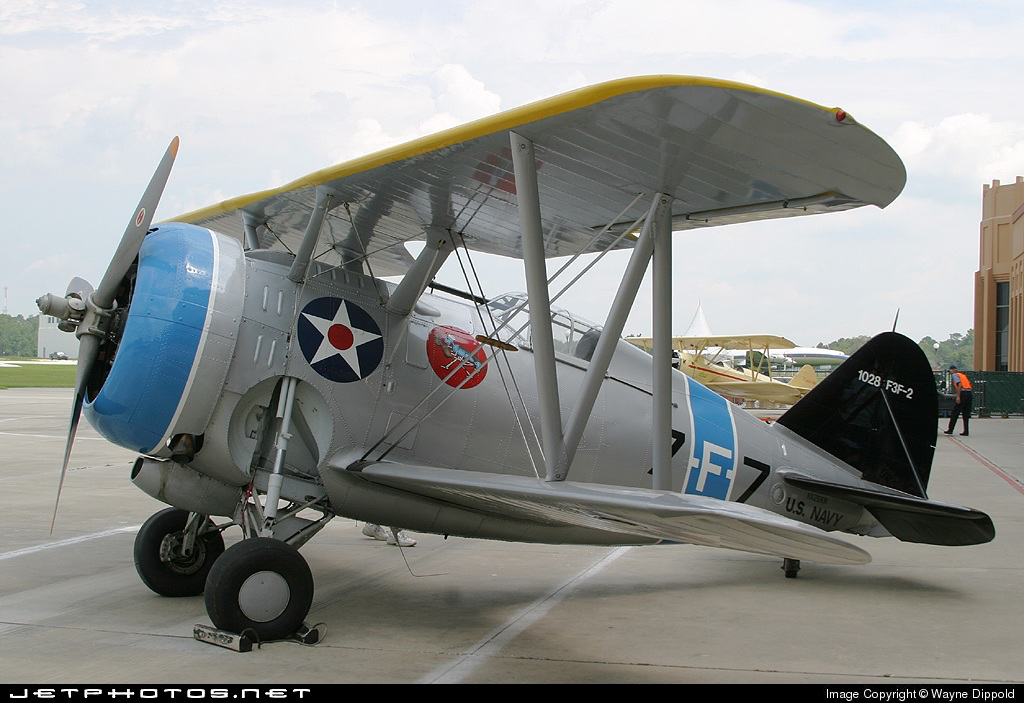-
Posts
4,514 -
Joined
-
Last visited
Content Type
Profiles
Forums
Gallery
Events
Everything posted by Landlubber Mike
-
Great start! You're going to have fun with all that PE - that's a ton in that Flyhawk package.
-
Bob, I use micro mesh pads when turning pens. After applying a CA finish, I'll wet send with the micro mesh pads starting at the first pad and going to the last pad. Now, I'm usually using the pads while turning on a lathe, but I would note that (1) I don't press very hard, but let the pad do the work, and (2) the grit levels on the pads is not comparable to sandpaper grits. So, for example, 1500 micro mesh is actually a lot coarser than 1500 sandpaper. On pens I can start with 1500 because the CA is a lot harder than paint. If I was going to use them on a paint or thin finish, I'd probably look to start at a higher pad.
-
Grant, exceptional work! Thank you for sharing - I'll be bookmarking your log for when I start mine. Sorry for a slight diversion from your log, but I noticed you mentioned the Vallejo Metal paints. I haven't had any problems with the Gloss Black primer thus far, though I noticed that it tends to dry in the airbrush fairly quickly. I haven't had to paint much with it so haven't tried using Flow Improver yet. I really like the Metal Color paints though, which spray very nice and clean quickly in the airbrush compared with the Model Air line. For the Metal Varnish, is it worth using? I am coming up on painting aircraft bodies using Metal Color aluminum. I was probably just going to use Future to coat for decals, and then spray with a semi-gloss varnish.
-
It's probably hard to make out in the pictures, but there is a bar that attaches from near the firewall to the tops of the suspensions. Interestingly, the kit part didn't include long enough bars so I had to replace them with longer rods. Interesting info about the suspension of these cars! The upholstery seems to be used in the "Dolly" models in the mid-80s (this kit is the Dolly version). I believe these cars were marketed primarily to women with the two toned body colors, but maybe they also had to add more comfortable seats than the traditional fabric draped over a steel frame. Here are a couple of interior shots for Dolly versions that I found online.
-
I've been fitting in some work on the Citroen over the last few weeks while primarily working on the F3F builds. I've got the chassis set up with the engine, and have a lot of the other assorted parts painted. Just need to start putting things together. I think I shared some of the pictures before, but here are some current ones. I've used light and dark grey washes to break up the solid sections of black, and brown washes to add depth to the seats and interior. I'm wondering about doing that for the body of the car too. If I do, it will have a different look than a "showroom new" model, which I think I'm fine with. The Tamiya dark yellow looks nice, but kinda plastic. I was originally thinking of spraying on a few layers of gloss clear coat and then buffing it to a nice shine, but I'm not sure that would really fit with this kind of car. So, I might just add washes and then use a semi-gloss or gloss clear coat and call it a day. I have some other car models where a buffed out clear coat would be a lot more appropriate. One part of the kit that I've been thinking about modifying is the grill. The instructions have you painting it black and picking out the gratings and frame in grey. What I'm thinking of doing is actually cutting out the plastic between the gratings so that it looks more realistic. Could be a disaster, but I might as well try. I have some generic PE grills from Modelcargarage.com that could be a last resort if it's not working out. The piece is a bit thick, so it might be a little tricky. I'm thinking of using my micromotor to route out as much as possible, and then use an X-acto to clean things up.
-
Anyone have any experience using Tamiya spray primer over Vallejo acrylics? I'm a little nervous after applying Tamiya's rattle can yellow paint over some errant black Vallejo paint as touch ups - the Tamiya paint tended to dissolve the Vallejo paint and essentially made the yellow look dirty. It could have been the fact that I was mistakenly using Tamiya's polycarbonate paints for RC models (the PS line, and not the TS line as I should have), which might run hotter than the TS line. Instead of using decals for the belly bands, I'm planning on painting them. Right now, I've primed the various parts with Mr. Finisher 1500, and I'm planning on painting as follows: -- For the yellow top wings of the two models, I'm planning to spray Tamiya white primer to give a good base, and then spray the rattle can Tamiya camel yellow. Then for the chevrons, I'll tape out the outline, re-prime with Tamiya white primer, and then spray the red or blue Vallejo colors as applicable. -- For the red and blue markings for the cowl, belly band, and tail, I'm also planning to spray Tamiya white primer as the base, followed by Vallejo acrylics for the two colors. -- For the aluminum finish for the bodies, I will start with Vallejo gloss black primer, and then use Vallejo Metal Color. -- For the black tail on the F3F-2, I'll just use the Vallejo gloss black primer. What I might do is start with the yellow, red and blue colors, which means I'll be applying the Tamiya white primer followed by the applicable colors. For the belly bands, I'll go slightly wider, and after priming and painting the color, maybe I'll seal with Future. Then I'll mask the belly band at the appropriate width, and spray Vallejo gloss black primer, followed by Vallejo Metal. I've read that the Vallejo Metal sometimes doesn't mask too well, so after trying to map this all out, I think this is the right way to go as I won't have to worry about spraying Tamiya on top of the Vallejo. Any thoughts of course would be very welcome!
-
I've made some good progress on the F3Fs the past couple of weeks. The bodies are generally assembled, minus the wings and cowls and some detail parts which I will paint separately: I've got everything primed and ready for paint. The assembly was fairly straightforward, with very little filler needed. Couple of quirks as other builders have noticed. The bomb bay doors essentially get slid in between the two A frames for the landing gear, turned 90 degrees, then turned up and popped into place. Was not easy! Eventually figured out how and where to file some tabs and they slid in much easier. The second and probably tougher part of the build was attaching the landing gear itself. At the wheel section, there was a groove to fit against a bar at the bottom A frame, and a few millimeters above, a small hole to fit a tiny stub on the upper A frame corner. At the other end of the frame, there is sort of a triangular depression to fit against the frame of the plane. Everything is under tension to keep the A frames properly spaced, but none of these three contact points had any way of locking the landing gear against the contact point. A huge pain! Had to use CA to get the bottom points relatively secure, and when almost dried, glue the top. I broke one of interior rods of one of the A frames and had to scratch a new one - thankfully I didn't need it to apply tension to get the landing gear oriented correctly. For something I thought would take 20 minutes before bed, took me close to 3 hours for the two pairs. Lots of not-so-nice words and little sleep... I think I've decided to go with a red cowl/belly band/chevron with the Felix the Cat insignia for the F3F-1 as seen on the box art, and the VF-7 insignia (is it a a wasp? ant?) with black tail and blue cowl/belly markings.
-
Nice choice Popeye! I have the 1/32 Hasegawa kit on the shelf. Will follow your build closely! From what I recall reading when I bought my kit, the Stukas were modified to be tank hunters to be more effective on the eastern front against the Soviet Union. In the earlier years of WWII, they were dive bombers and had that very eery air siren when they went into their dives.
-
It's actually a nice kit with good components. If you add a stern post, and make some changes to the location of the figurehead and the quarter galleries, you can greatly improve the kit with little work. I just had a problem trying to convert it to the Lyme - couldn't transfer measurements from the Lyme plans to the hull because the measurements of the Unicorn differ considerably in some places from Chapman's Unicorn plans. Good luck!
-
Oooh I thought it was card, my mistake! Really nice - excellent job!
- 179 replies
-
- shipyard
- wütender hund
-
(and 1 more)
Tagged with:
-
Man that looks like real wood. Really well done!
- 179 replies
-
- shipyard
- wütender hund
-
(and 1 more)
Tagged with:
-

Amati 1:64 HMS Victory - LATEST NEWS
Landlubber Mike replied to vossy's topic in Wood ship model kits
A few thoughts after reading through the thread: 1. The framing looks really impressive on the Amati. It looks well designed to not only provide structural support, but also aid in the design of the hull when it comes to correctly placing gunports, etc. Using MDF is also a great advantage for the kit. I greatly preferred the MDF used in the Amati Pegasus hull over the plywood and other wood used in other kits. MDF is incredibly strong, flat, with no flex. It's harder to work and you have to be careful with the dust and fumes from machining it, but all that is outweighed by the structural benefits in my opinion. With a model of this size and weight (no dummy barrels, etc.), a solid skeleton is going to be critical. 2. My guess is that the increase in size over the 1/64 Caldercraft won't necessarily be the primary driver of cost differences. It will probably be on the fittings. If the Amati doesn't use dummy barrels, my guess is that the price differential will be fairly significant. 3. I know that they have been talking about the Amati Victory for years now. I think it's good that they are taking their time to get things right with this kit. Remember the Model Shipways Essex? That seemed to have been rolled out too quickly and from what I was reading on here, appeared to be a disaster with fit and other issues. When it finally comes out, this is going to a pretty spectacular kit if it follows the top quality design, components, plans, seen in their other kits like the Pegasus - just with a much grander subject. -

Amati 1:64 HMS Victory - LATEST NEWS
Landlubber Mike replied to vossy's topic in Wood ship model kits
Thank you, that's really helpful. I'm sure others also had similar questions. Now we know. Greatly appreciate it! -

Amati 1:64 HMS Victory - LATEST NEWS
Landlubber Mike replied to vossy's topic in Wood ship model kits
So the difference from Caldercraft is the larger size and the interior details, which only will be seen if the hull side is open? With the Caldercraft one in the stash, just wondering what the main differences are. -
That's some of the nicest looking brickwork made out of painted wood that i've seen on here. Excellent job!
- 127 replies
-
- confederacy
- model shipways
-
(and 1 more)
Tagged with:
About us
Modelshipworld - Advancing Ship Modeling through Research
SSL Secured
Your security is important for us so this Website is SSL-Secured
NRG Mailing Address
Nautical Research Guild
237 South Lincoln Street
Westmont IL, 60559-1917
Model Ship World ® and the MSW logo are Registered Trademarks, and belong to the Nautical Research Guild (United States Patent and Trademark Office: No. 6,929,264 & No. 6,929,274, registered Dec. 20, 2022)
Helpful Links
About the NRG
If you enjoy building ship models that are historically accurate as well as beautiful, then The Nautical Research Guild (NRG) is just right for you.
The Guild is a non-profit educational organization whose mission is to “Advance Ship Modeling Through Research”. We provide support to our members in their efforts to raise the quality of their model ships.
The Nautical Research Guild has published our world-renowned quarterly magazine, The Nautical Research Journal, since 1955. The pages of the Journal are full of articles by accomplished ship modelers who show you how they create those exquisite details on their models, and by maritime historians who show you the correct details to build. The Journal is available in both print and digital editions. Go to the NRG web site (www.thenrg.org) to download a complimentary digital copy of the Journal. The NRG also publishes plan sets, books and compilations of back issues of the Journal and the former Ships in Scale and Model Ship Builder magazines.






